Table of Contents
- Introduction
- What Is Passionflower?
- Effects of Passionflower Vapor
- Active Compounds and Their Benefits
- Ideal Vaporization Temperature for Passionflower
- Form, Dosage, and When to Use
- Best Herbs to Blend with Passionflower
- Inhalation Technique and Vapor Profile
- Safety and Contraindications
- Summary
- Conclusion
Introduction
Passionflower (Passiflora incarnata) has long been used in traditional herbal medicine for its calming, anxiolytic, and sleep-promoting properties. While commonly taken as tea or tincture, vaporizing dried passionflower offers a faster and more direct way to experience its effects—especially when you need quick relief from mental restlessness or nervous tension.
In this guide, we’ll explore how passionflower works when vaporized, what effects you can expect, the best temperature range for optimal release of active compounds, and how to integrate it into your evening use without relying on ritualistic habits. It’s a gentle botanical with powerful potential—ideal for quieting the mind without inducing grogginess.
What Is Passionflower?
Native to the southeastern United States and parts of Central and South America, passionflower is a vining plant known for its intricate, exotic blooms and calming alkaloid profile. The leaves, stems, and flowers are traditionally dried and used in infusions, supplements, or herbal blends for nervous system support.
Its historical use includes:
- Reducing anxiety and intrusive thoughts
- Supporting sleep onset and depth
- Calming overstimulation and nervous exhaustion
- Enhancing parasympathetic nervous activity (rest-and-digest response)
When vaporized properly, passionflower offers a smooth, subtle inhalation with a mellow, grassy aroma—best suited for moments of mental slowing and emotional decompression.
Effects of Passionflower Vapor
Passionflower is not sedating in the traditional sense. It does not “knock you out” like valerian or hops might. Instead, it eases the edge off anxious thoughts and overactivity in the nervous system. Users typically describe the effect as calming, grounding, and gently mind-clearing—without strong psychoactive intensity.
Common effects reported include:
- Less mental chatter and overthinking
- Smoother emotional tone and mood regulation
- Mild physical relaxation and muscle ease
- Improved sleep latency (falling asleep more easily)
These effects may be more pronounced when combined with other relaxing herbs like lemon balm or chamomile. You can learn more about these in our guides on vaporizing lemon balm and vaporizing chamomile.
Active Compounds and Their Benefits
Passionflower contains a unique blend of flavonoids and alkaloids that contribute to its calming properties. Unlike herbs that act on sedative pathways directly (like hops or valerian), passionflower primarily modulates GABA activity and parasympathetic balance.
Key constituents include:
- Vitexin & Isovitexin: Flavonoids with mild anxiolytic effects
- Apigenin: Also found in chamomile; interacts with benzodiazepine receptors
- Chrysin: May enhance mood and reduce reactivity
- Harman alkaloids: Naturally occurring beta-carbolines with calming influence
These compounds are heat-sensitive and vaporize most effectively within a moderate temperature range—releasing their benefits without causing harshness or degradation.

Ideal Vaporization Temperature for Passionflower
To vaporize passionflower effectively, you’ll want to stay in a range that’s warm enough to release flavonoids and alkaloids, but below the combustion threshold where bitterness and degradation begin.
| Temperature Range (°C) | Primary Effects |
|---|---|
| 140–150 | Light mental calm, reduced anxiety, improved focus |
| 150–160 | Balanced mood support, nervous system regulation |
| 160–170 | Deeper relaxation, physical ease, sleep preparation |
Aim for 150–165 °C for most evening or night use. Going above 170 °C may cause degradation of delicate constituents without providing additional benefit.
Form, Dosage, and When to Use
Only dried passionflower aerial parts (leaves, flowers, stems) should be used in a vaporizer. Powdered forms are not recommended, as they burn more easily and clog airflow.
Usage recommendations:
- Amount: 0.05–0.1 g per session
- Form: Lightly crushed, fluffy dried herb
- Time of day: Late evening, before bed, or during mental overwhelm
Passionflower can also be combined with herbs like valerian or blue lotus for enhanced calming effects. If you're curious about how these plants interact with vaporizer performance, check our post on herbal temperatures for sleep.
Best Herbs to Blend with Passionflower
While passionflower is gentle and effective on its own, combining it with complementary herbs can enhance its calming qualities or broaden the spectrum of effects. Here are several proven pairings that balance body and mind:
Recommended blends:
- Chamomile + Passionflower: A classic calming duo for anxious nights or post-stress recovery
- Lemon Balm + Passionflower: For focus, emotional calm, and smooth transitions into rest
- Lavender + Passionflower: Soothes nerves and sharpens the aromatic profile of your vapor
- Blue Lotus + Passionflower: Adds a deeper, more meditative quality and dream-like clarity
Start with small amounts of each herb when blending. Most users find a 70:30 or 50:50 ratio (passionflower as the base) works well depending on the supporting herb’s intensity.
Inhalation Technique and Vapor Profile
Passionflower has a very light and delicate vapor. To avoid wasting its active compounds, inhalation should be smooth, steady, and not too forceful. A slow breath draws the vapor deeper and allows better absorption.
Technique tips:
- Inhale gently for 4–5 seconds
- Hold for 1–2 seconds if comfortable
- Exhale slowly through the nose
- Wait 30–60 seconds between draws to assess the effect
The flavor is mild, slightly earthy, and grassy. Overheating will introduce bitterness—so keep your temperature under control and avoid prolonged exposure to direct heat.
Safety and Contraindications
Passionflower is considered very safe for most people when used in moderate amounts. However, it still affects neurotransmitter balance and should be treated with awareness—especially if you're using medications or dealing with chronic conditions.
Use with caution if:
- You are taking antidepressants or anti-anxiety medications (consult your doctor)
- You are pregnant or breastfeeding
- You have a history of low blood pressure or use blood-thinners
Never vaporize passionflower extract or oil. Only use clean, dried plant material. Store herbs in a dry, airtight container away from light and humidity to preserve effectiveness.
Summary: Passionflower for Vaporization
- Best temperature: 150–165°C for calm, smooth effects
- Use only dried aerial parts—no powders or extracts
- Effective for easing anxiety, tension, and sleep onset
- Blends well with chamomile, lemon balm, and lavender
- Gentle draw technique improves flavor and results
When vaporized properly, passionflower offers a clean, relaxing, and non-sedating way to calm your mind and body—especially when overstimulation, stress, or sleep issues are present.
Conclusion
Passionflower stands out as a subtle but powerful herb in the world of vaporization. With its calming flavonoids and low heat requirement, it’s an excellent choice for gentle evening sessions or stress relief during mentally demanding times.
To fully benefit from its effects, use a vaporizer that respects heat sensitivity and allows fine control. The Vapman gives you precision and manual feedback for microdosing, while the Lotus offers quiet convection heating that preserves delicate herbal compounds.
About the Author

Michael, Founder & CEO of INHALE Vaporizers
Driven by a passion for clean, mindful vaporization, Michael leads INHALE in crafting elegant and sustainable tools like the Vapman and Lotus. With a deep focus on function, ritual, and natural wellness, INHALE helps people reconnect with the power of plants—one breath at a time.
📩 support@nowinhale.com | Contact us





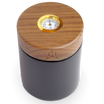
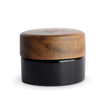


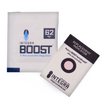


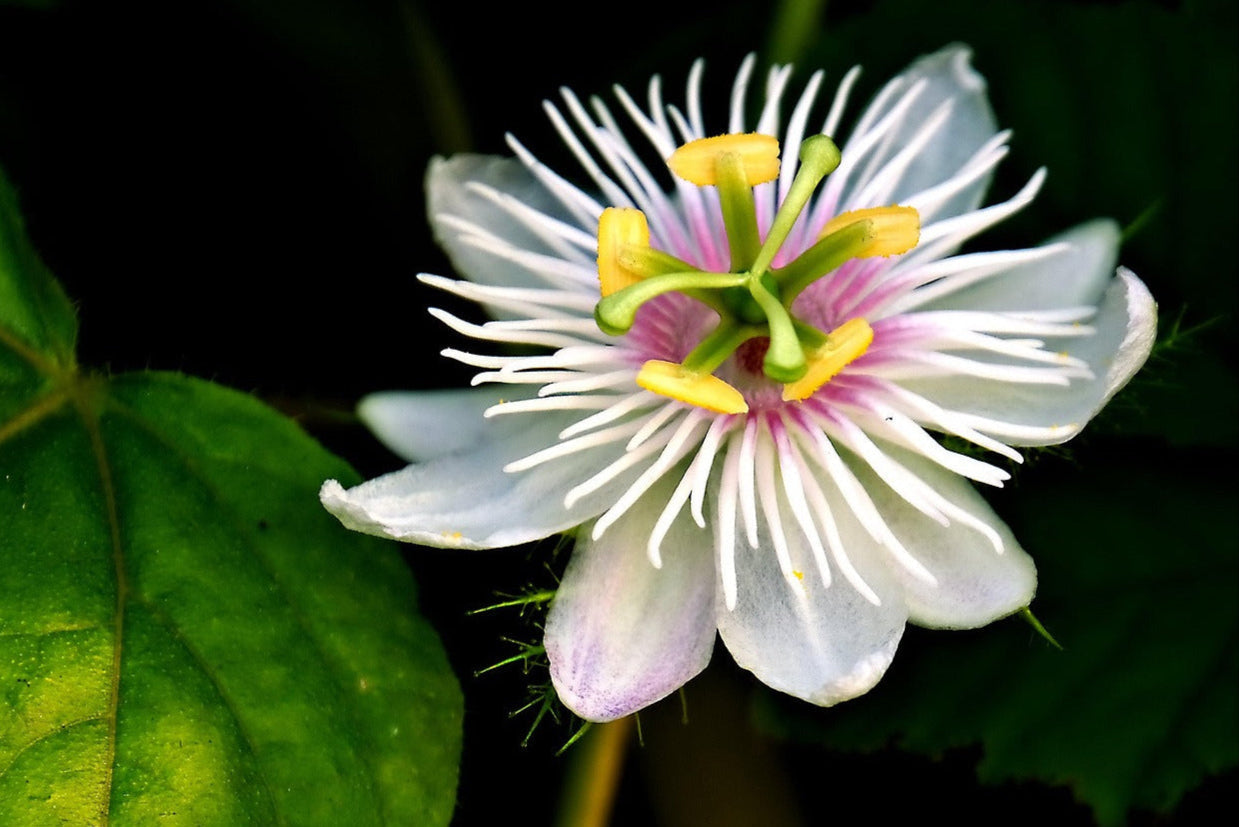
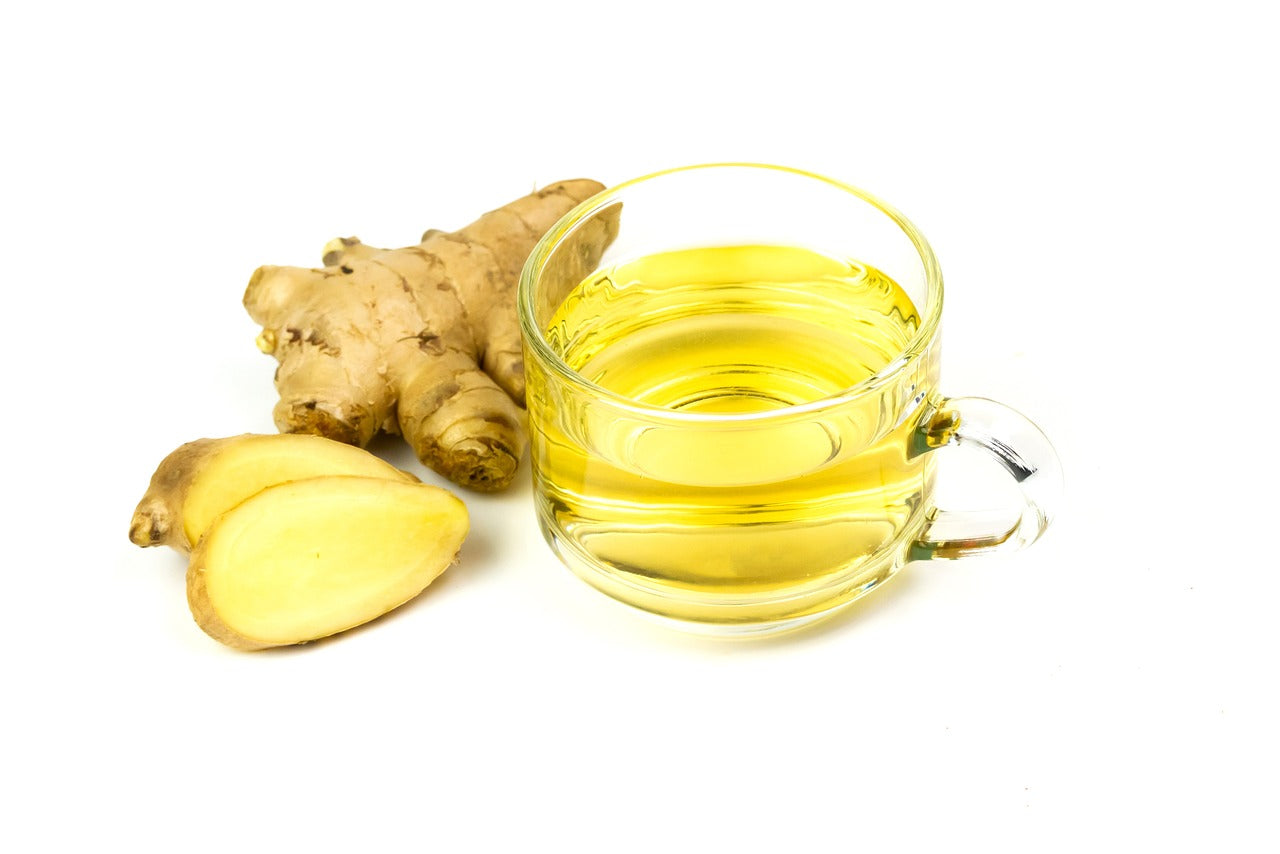
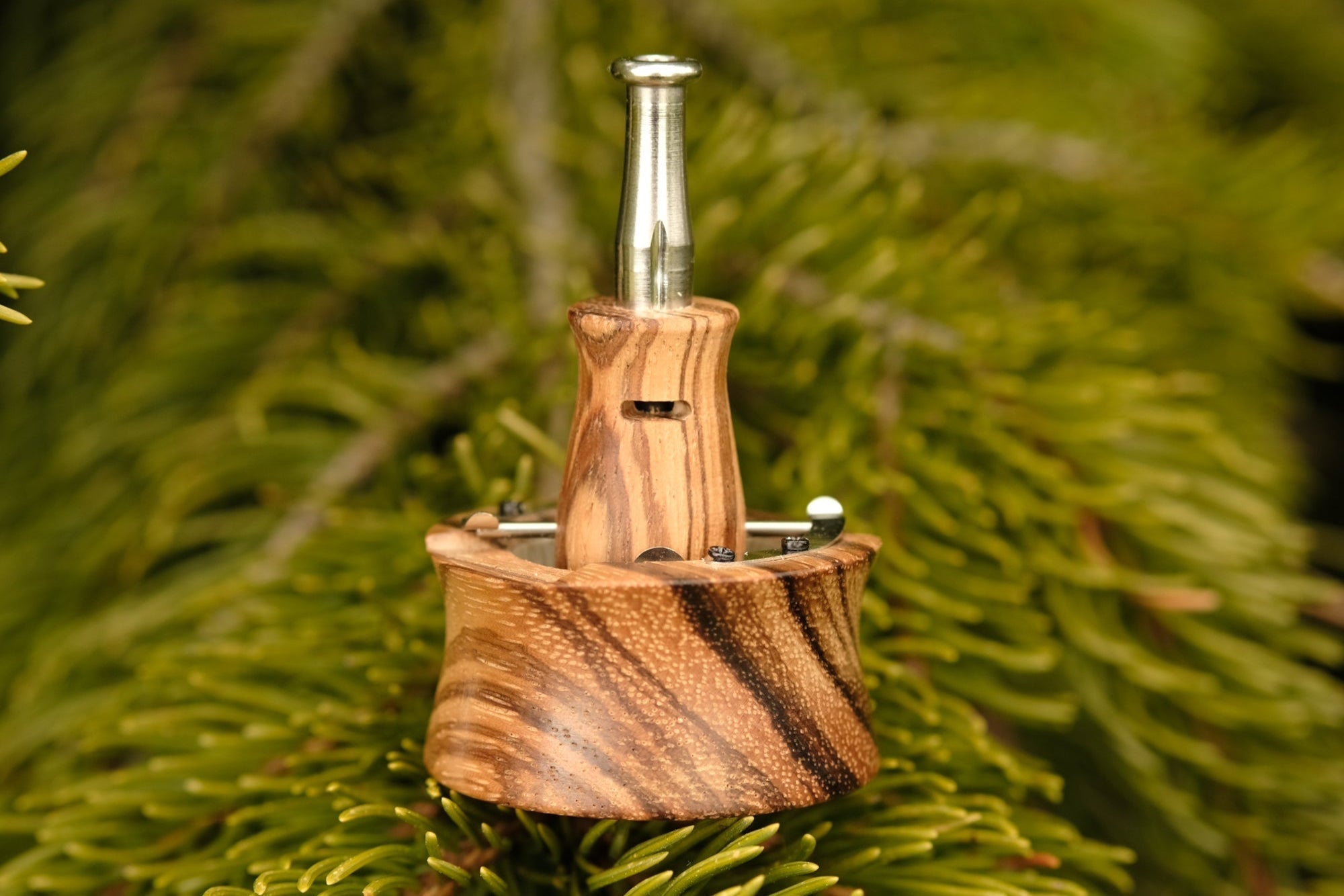


Leave a comment
All comments are moderated before being published.
This site is protected by hCaptcha and the hCaptcha Privacy Policy and Terms of Service apply.